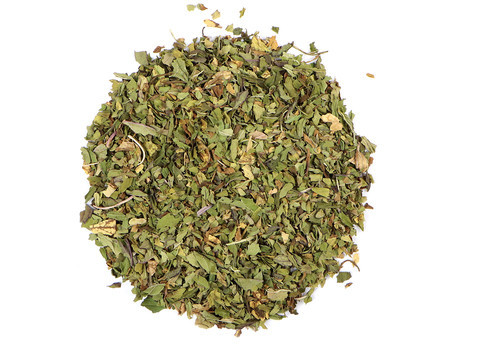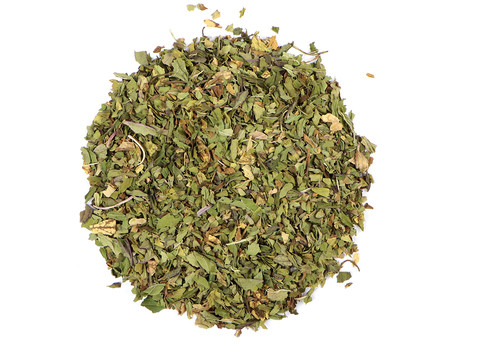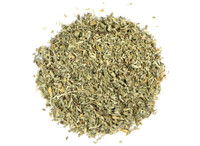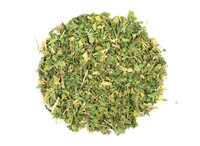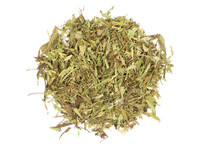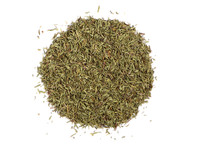-
Product Description
COMMON NAME
Standardized: peppermintBOTANICAL NAME
Mentha x piperita L.
Plant Family: LamiaceaeOVERVIEW
Peppermint is a flowering perennial, usually growing between 12 and 35 inches in height. It is native to Europe, and is actually a natural hybrid of spearmint and water mint. The herb is easy to grow in moist soil and is commonly cultivated around the world for its many applications in food and medicine.The world's most familiar "mint scent" is the aroma of peppermint. In Greek mythology, Menthe was turned into a peppermint plant when Proserpine, in a jealous rage, found out that Pluto was in love with her. Even earlier, Assyrians used peppermint as an offering to their fire god.
Peppermint contains an essential oil that is unique among mints for its quality and flavor. Artificial mint compounds do not effectively duplicate the aroma or medicinal properties.
Peppermint is one of the most popular herbs in teas, candies, and chewing gums. Cultivation and oil production started in the US in the 1790's, and was a major export business by the mid 1800's. The U.S. is still the world's leading producer of peppermint oil, making an average of 4,117 tons annually. Some companies in Japan are said to pipe peppermint oil into their AC system to invigorate their workers and thereby increase productivity.
PARTS USED
Dried leaf.TYPICAL PREPARATIONS
Tea is the most common and best employed use of this ingredient.SUMMARY
The oil of peppermint offers its cool, refreshing flavor and unmistakable aroma to a wide variety of foods and beverages. In the western world it is a common ingredient for candies, toothpastes, ice creams, pies and other desserts. The peppermint leaf itself is muddled and added to cocktails, and is a popular ingredient in herbal teas when dried.In cuisine of the Middle East, peppermint is noted for its contribution to savory dishes. It is added to spice rubs which are used to flavor lamb and other meats. It is also blended with yogurts, beans, and cheese.
REFERENCES
http://www.ncbi.nlm.nih.gov/pubmed?cmd=Retrieve&db=PubMed&list_uids=21052500http://www.sciencedirect.com/science/article/pii/S1590865807000618
The Contemporary Encyclopedia of Herbs & Spices by Tony Hill
PRECAUTIONS
No known precautions.
We recommend that you consult with a qualified healthcare practitioner before using herbal products, particularly if you are pregnant, nursing, or on any medications.This information has not been evaluated by the Food and Drug Administration. This product is not intended to diagnose, treat, cure, or prevent any disease. For educational purposes only.
Source: Mountain Rose Herbs
-
Product Reviews
-
Find Similar Products by Category

